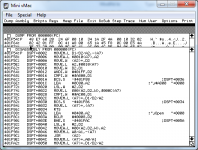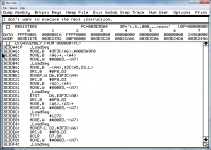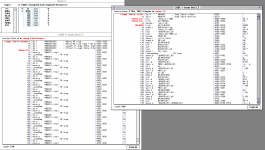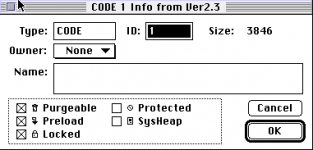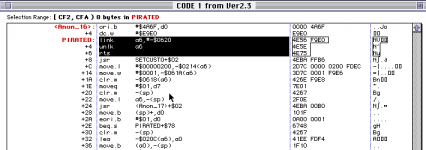Mu0n
Well-known member
I've NEVER EVER seen "Déjà Vu", the tile memory game from Rubicon Publishing, anywhere online since I started looking in the late 90's for old Mac software. It seems to be a forgotten title. No acknowledgment, no discussion, no download. This is not the Icom Simulations adventure game with the point and click + window game here, but a totally unrelated tile reveal memory game where you match pairs and can play hotseat or against an AI. Of course, it lives in utter obscurity because of the much more mega popular adventure game of the same name.
It has a full page ad in the very first MacUser issue of October 1985 (page 89). (source: https://vintageapple.org/macuser/pdf/MacUser_8510_Premier_Issue_October_1985.pdf)
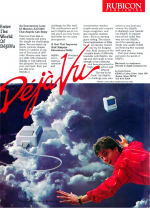
I have a physical copy of the original game, no box (maybe it came in a bag, maybe in a flimsly miminal sleeve, it was so long ago) and to my knowledge, that game has some master disk copy protection. I've been able to make duplicates by using DiskDup since I still want to play it and my 3 year old daughter loves playing it. We use the "success" and "failure" sounds of that game in all sorts of unrelated situations together, it's a blast!
It has a full page ad in the very first MacUser issue of October 1985 (page 89). (source: https://vintageapple.org/macuser/pdf/MacUser_8510_Premier_Issue_October_1985.pdf)

I have a physical copy of the original game, no box (maybe it came in a bag, maybe in a flimsly miminal sleeve, it was so long ago) and to my knowledge, that game has some master disk copy protection. I've been able to make duplicates by using DiskDup since I still want to play it and my 3 year old daughter loves playing it. We use the "success" and "failure" sounds of that game in all sorts of unrelated situations together, it's a blast!

